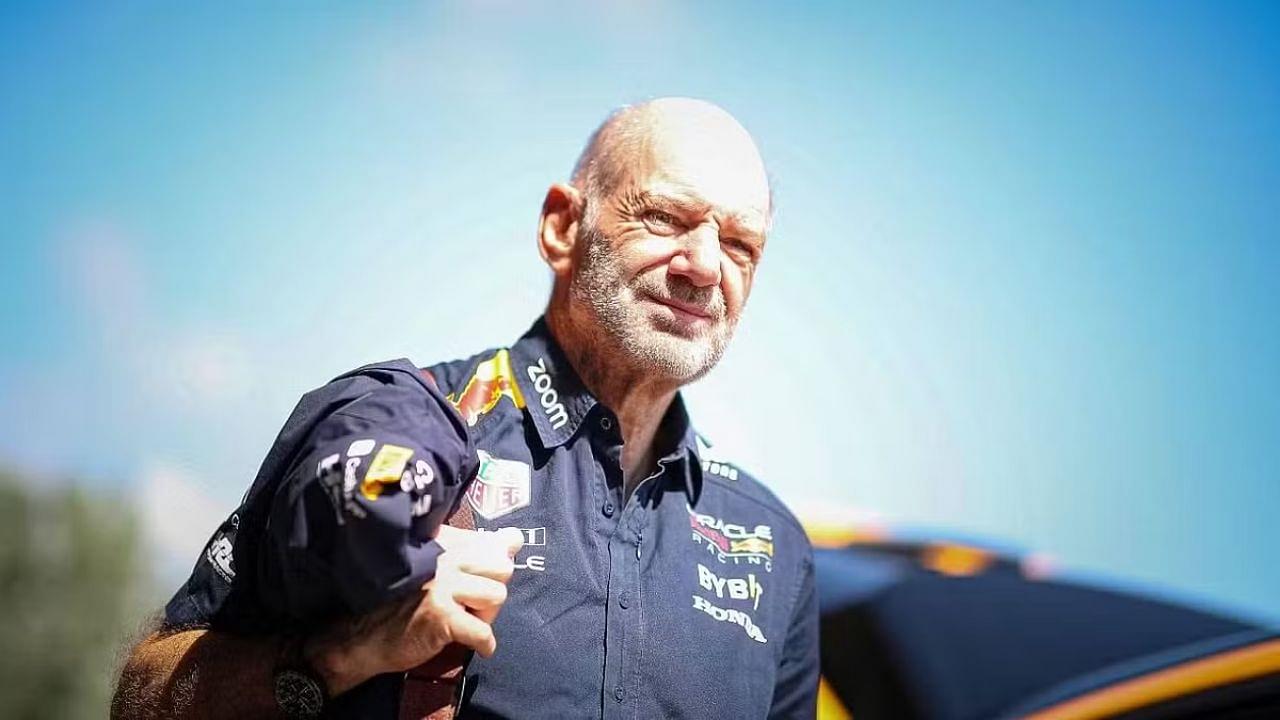Adrian Newey, who has led Red Bull to seven world Drivers’ titles and six Constructors’ championships, has given a grim reality check about the 2026 engine regulations reset. The 65-year-old has admitted that he will take some time to get used to the upcoming regulations, thereby casting a shadow of doubt about Red Bull’s ability to continue their dominant run in the sport.
Newey has expressed his concerns over the apparent interplay between the internal combustion engines and the hybrid system of the 2026 cars. With a 50-50 power output proposed, the British engineer has predicted a situation like Monaco, where the teams had to run higher revs during the Loews hairpin to charge up the battery pack, as a regular occurrence on all tracks.
Speaking to Autosport, Newey explained, “It’s certainly going to be a strange formula in as much as the engines will be working flat-chat as generators just about the whole time. So, the prospect of the engine working hard in the middle of Loews hairpin is going to take some getting used to.”
️ “It’s certainly going to be a strange formula”
Adrian Newey thinks #F1’s 2026 rules will take some getting used to because of how the power units will behave ⬇️https://t.co/o1XWmuJnkg
— Autosport (@autosport) April 14, 2024
The 2022 regulations reset re-introduced the ‘ground-effect’ cars. With mechanical and aerodynamic efficiency at the heart of these regulations, Newey was able to quickly ace the regulations and help Red Bull become the benchmark for the rest of the field. Newey is an expert when it comes to ground-effect cars as he did his university thesis on the same.
However, Newey is unlikely to have the same advantage when it comes to the 2026 regulations as they are all about the power units. Hence, speculation is rife in the paddock about how important acing these regulations could be for the rest of the teams in terms of stopping Red Bull’s current dominance.
FIA force Adrian Newey and Red Bull into uncharted territory with 2026 regulations
Adrian Newey has made a name for himself in the sport being a master of racing aerodynamics and chassis design. The Briton has worked with and propelled the likes of Williams, McLaren, and now Red Bull into championship-winning outfits because of his expertise in the domain of race-car aerodynamics.
However, with the engine regulations in 2026, the FIA has put Newey out of his comfort zone. While Newey will not be able to substantially contribute to the RBPT-Ford partnership, the power units pose another challenge for the Briton.
Christian Horner says Red Bull’s #F1 rivals are hoping “we’re gonna fall on our face” by embarking on an engine project for 2026.https://t.co/QcWGmYfr7f
— Motorsport.com (@Motorsport) June 26, 2023
Chassis design and engine compatibility has been an age-old point of contention in the sport. With Red Bull now working flat-out to design their 2026 power unit, the eventual result would impose certain limitations upon Newey in terms of his car design.
Naturally, this would compromise how effectively Newey can lay the foundations for future concepts. 2026 also formally marks the end of Honda’s association with Red Bull, as the Japanese automobile manufacturer look forward to their latest chapter in the sport with Aston Martin.
Red Bull, on the other hand, have signed an agreement with Ford as their engine partners. Since this is the first time that Red Bull will be responsible for producing their own power units, 2026 could be a year when Max Verstappen and the team’s domination comes to an end.







